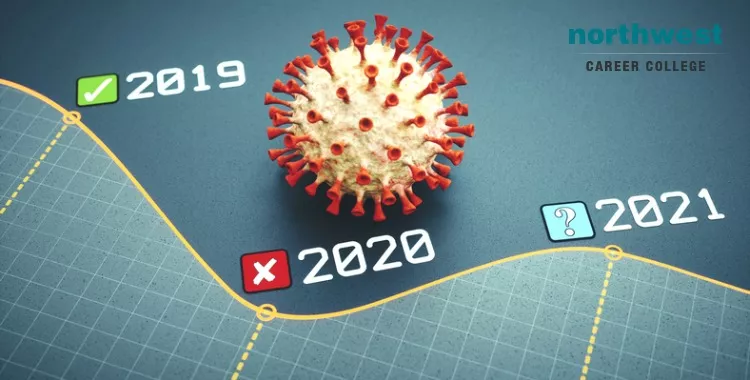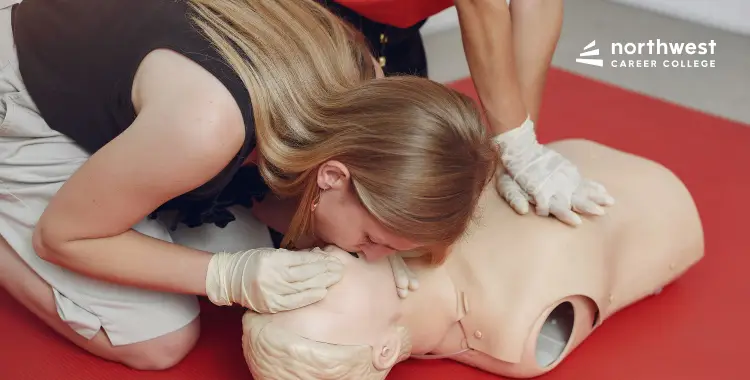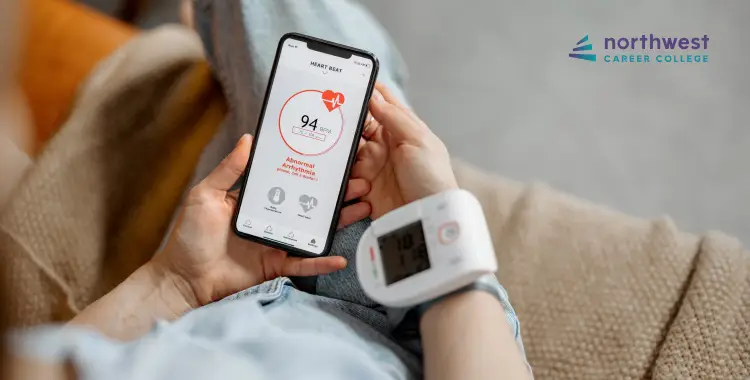Has CPR changed due to COVID-19?
- March 12, 2024
- 5.5k views
- 3 min read

With the precautions that have been put in place to slow the spread of the COVID-19 virus, questions have arisen regarding how the administration of CPR (and First Aid in general) has been affected.
All major certifying agencies, such as the American Heart Association, ASHI, and the Red Cross, have updated their guidelines to reflect the current environment.
The basic precautions – making sure the area is safe, and wearing PPE (personal protective equipment) haven’t really changed, aside from the addition of face masks.
As face masks are likely much more accessible to the average bystander now than before COVID procedures were adopted, they should definitely be worn when assisting those who may require help.
Here are the general steps for providing CPR to those you are concerned may have COVID-19:
- Make sure the scene is safe before approaching.
- Put on PPE (disposable gloves, face mask and/or face shield, protective gown)
- Check to see if the victim is responsive (conscious)
- If there is no response, or you suspect a problem, call 911 (or have someone else call)
- Check to see if the victim is breathing – look for rise and fall of the chest. This can be observed from a safe distance of 6 feet. If you do not see normal breathing, and you feel comfortable providing CPR, proceed to the next step.
- Cover the victim’s mouth and nose with a face mask or cloth (to protect against both airborne and droplet particles).
- Perform Hands-Only CPR. Push hard and fast on the center of the chest at a rate of 100-120 per minute.
- Use an AED as soon as possible.
For First Aid:
- Make sure the scene is safe before approaching.
- Put on PPE (disposable gloves, face mask and/or face shield, protective gown)
- Check to see if the victim is responsive (conscious)
- If there is no response, or you suspect a problem, call 911 (or have someone else call)
- Check to see if the victim is breathing – look for rise and fall of the chest. This can usually be observed from a safe distance of 6 feet. If you see normal breathing, proceed to the next step.
- Cover the victim’s mouth and nose with a face mask or cloth (to protect against both airborne and droplet particles).
While none of these precautions can 100% prevent exposure to a virus, they offer ways of mitigating the risk.
As always, anyone offering aid must consider their own safety, both for immediate physical risks (fire, electricity, etc.) and the risks of contagious diseases. And when in doubt as to the severity of a person’s injuries or condition, never hesitate to immediately contact emergency services.
Learn To Save Lives Yourself
Here at Northwest Career College, we are committed to providing affordable, quality CPR Classes to the Las Vegas community. We pride ourselves on being an American Heart Association (AHA) testing center and we offer Las Vegas CPR classes designed to fit your personal needs and professional schedule.
As part of our “student-focussed” approach to education we also off our CPR classes free of charge to all of our students. Call us today at (702) 403-1592 to book your CPR class and become qualified to save a life in just four hours!




